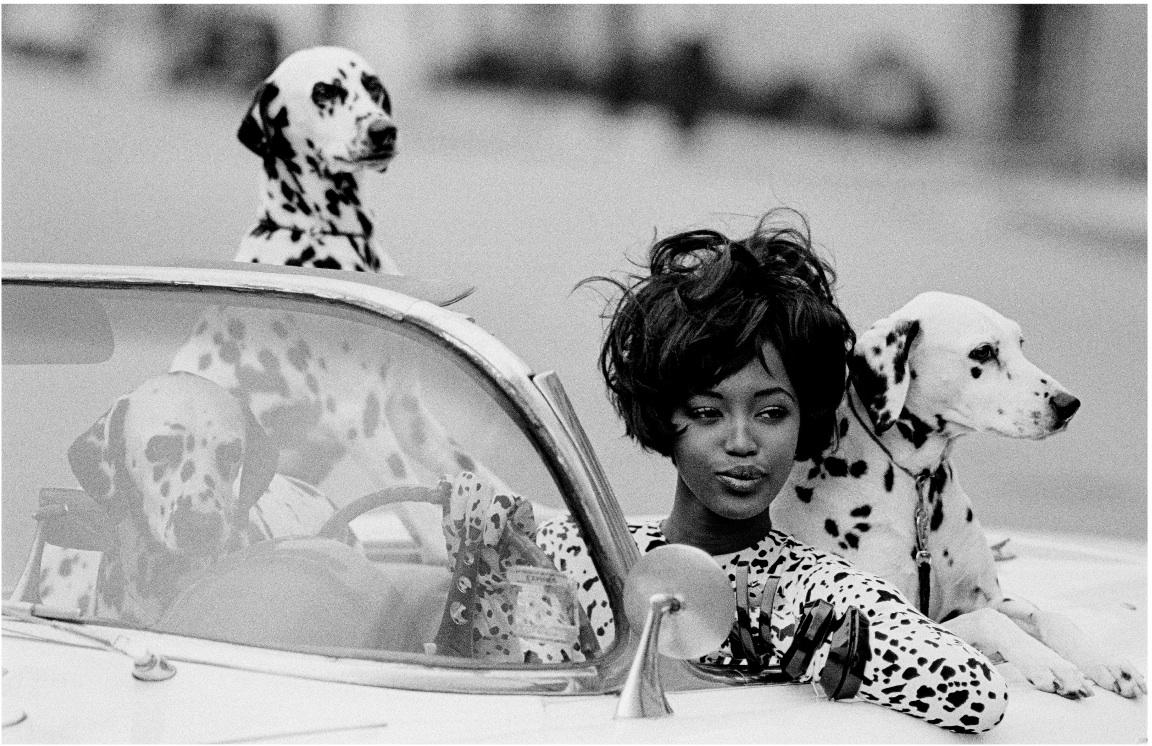
For spring 2009, the Metropolitan Museum of Art’s Costume Institute explores the reciprocal relationship between high fashion and evolving beauty. On view from May 6 through August 9, the exhibit focuses on iconic fashion models in the latter half of the 20th century. It shows their roles in protecting, and inspiring, the fashion of their respective eras.
“The exhibition examines a timeline of fashion from 1947 to 1997 through the idealized aesthetic of the fashion model,” said Harold Koda, curator in charge of the Costume Institute. “We look at the power of clothing, fashion photography and the model to protect the look of an era. With a mere gesture, a truly stellar model can sum up the attitude of her time–becoming not only a muse to designers or photographers, but a muse to a generation.”
Kohle Yohannan was the guest co-curator and a cultural historian of the exhibit. To celebrate the opening of this exhibition, the museum’s Costume Institute held a red carpet gala last Monday night. All of the stars were out. Marc Jacobs served as the honorary chair of the gala. Co-chairs were Kate Moss, Justin Timberlake and Anna Wintour, editor in chief of Vogue. The exhibition features approximately 80 masterworks of haute couture and ready-to-wear. The show utilizes fashion editorial, advertising and runway photography. There are also large-scale projections from feature films throughout the galleries to contextualize the fashion zeitgeist.
Overall, “The Model as Muse: Embodying Fashion” shows how models transmit cultural change via photographs that document turning points in society and design. With the post-WWII resurgence of American fashion and advertising industries, the launch of Dior’s New Look and a proliferation of model agencies, an environment in which high fashion models with celebrated personalities and distinctive identities emerged. Located in the museum’s second floor Tisch Galleries, walk through sections are titled “Sports Illustrated,” “the Super Models,” “Designers and Super Models,” “the ’60s Stretch,” “the Lithe Body,” “the Body Politic and Grunge,” “the Anti Model” and “Return to Glamour.” The exhibit opens with a series of black-and-white fashion photos in the first hall that leads to a room filled with photos of top models on the covers of fashion magazines, including Vogue, Life, Fashion of the Times and Harper’s Bazaar.
In 1967, Naomi Sims appeared on the cover of the New York Times fashion pages. Her appearance in this publication was a major breakthrough for women of color and minority models. Born in Mississippi, Sims was one of the first African-American models to make her way into the mainstream American fashion market. Despite her high profile debut, Sims encountered difficulties finding representation by a major agency.
Undeterred, she eventually found a willing ally in former model Wilhelmina, who was among the first established American agents to represent and promote Black models. Going on to work for major fashion magazines, Sims appeared in American Vogue, Ladies Home Journal and McCall’s, as well as on the covers of Life, Cosmopolitan and Essence. She also embarked on a successful career as an entrepreneur in the beauty industry, author and businesswoman.
Beverly Johnson embodied the athletic ideal of the 1970s. A tall, lithe and muscular champion swimmer from upstate New York, Johnson began modeling while attending law school. Johnson was the first African-American model to grace the cover of American Vogue in 1974. Erroneously described in the press as the African princess plucked from the wilds of the savannah, Iman Mohamed Abdulmajid was discovered in 1975 by wildlife photographer Peter Beard in Nairobi while on her way to school. The daughter of a diplomat and a doctor, Iman possessed extraordinary beauty, unrivaled grace of movement and a levelheaded sense of self that, in many ways, helped redefine existing standards of beauty established by a white majority. Although by no means the first Black model to achieve success, Iman was arguably one of the most successful models of her era.
A modeling agent in London discovered Naomi Campbell while she was a teenager attending class in the performing arts. Among the most recognizable print, editorial and runway models of the late 1980s, Campbell gained a reputation for her sleek, panther-like walk and exceptional runway presence. Born and raised in the Sudan, Alek Wek was discovered in the mid-1990s in London, where her family had relocated to escape political upheavals in her homeland. By her late teens, Wek was fast becoming an international runway star with a strong editorial presence. Standing 5-foot-11, with elegantly attenuated limbs and a compelling unique look, Wek appeared in music videos in the mid-1990s for Tina Turner and Janet Jackson. In 1997, Wek was named MTV’s Model of the Year. In 2007, Wek wrote an autobiography recounting her family’s struggle to escape the war-torn Sudan and her journey from hardship to hard-won success. There are many more Black models, like Toukie Smith, Bethann Hardison, Pat Cleveland, Norma Jean Darden, Alva Chin and Veronica Webb, who all stood out in the fashion industry early on. Good show!



